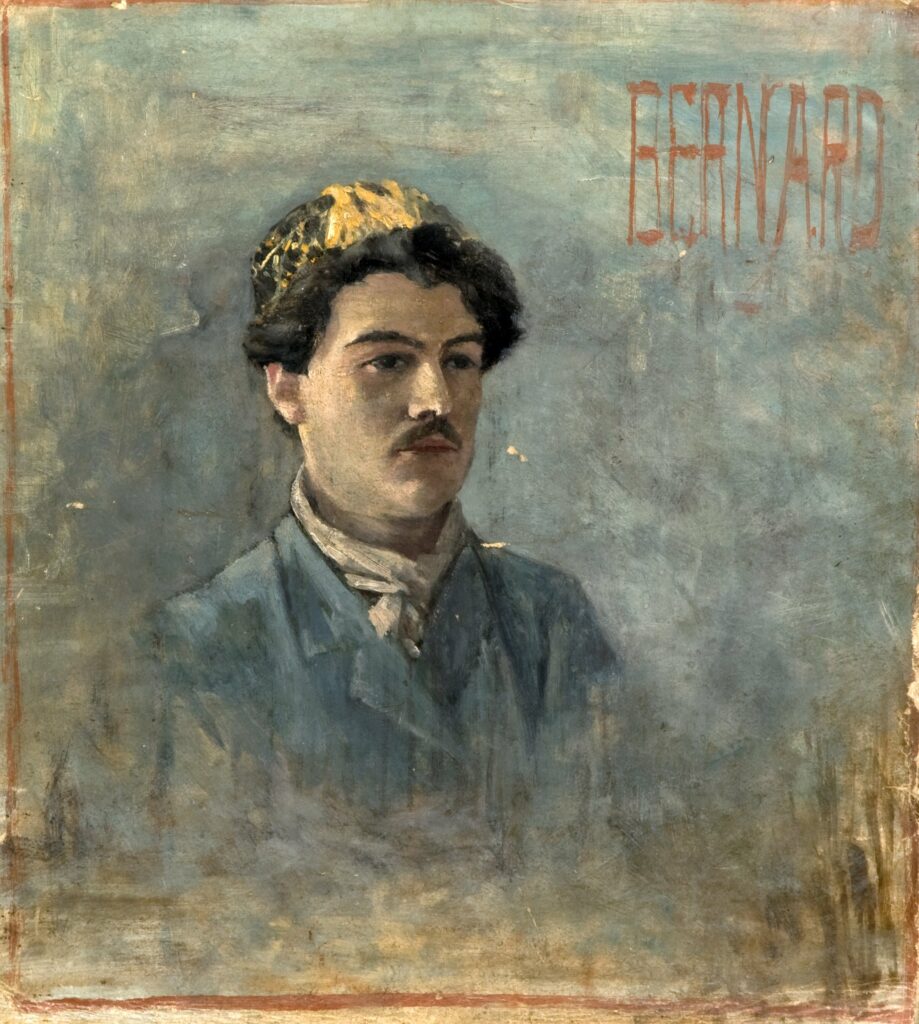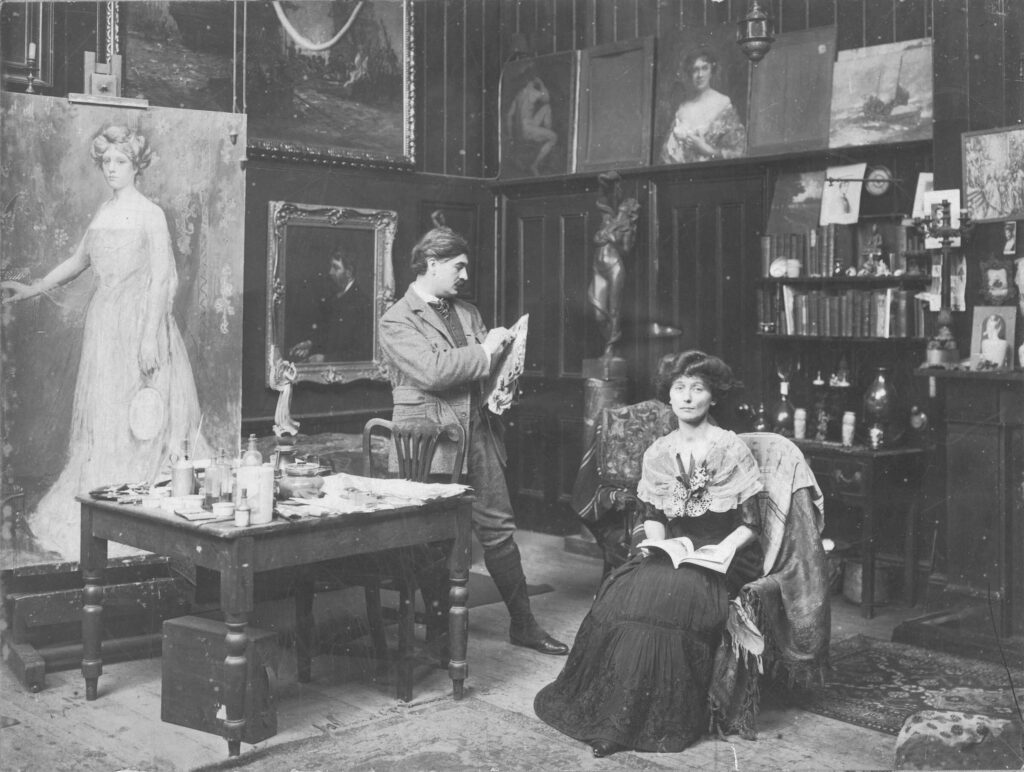It’s been suggested that Bernard Gribble has painted ‘almost every historic event that took place on water’. He specialised in excitement and adventure on the high seas, from chaotic battles to swashbuckling pirates to heroic rescues all reproduced on a vast scale with a keen eye for historical detail, even if he could be accused of romanticisation!
On at least one occasion he became a vital eyewitness to a historic scene when, commissioned to paint pictures of the interred German Fleet at Scapa Flow in 1919, he was among the first people to notice that the crews were intentionally sinking their ships to keep them out of British hands. His hastily taken photographs and sketches, which he later turned into a monumental oil painting, are among the only first-hand visual records of this momentous event.



